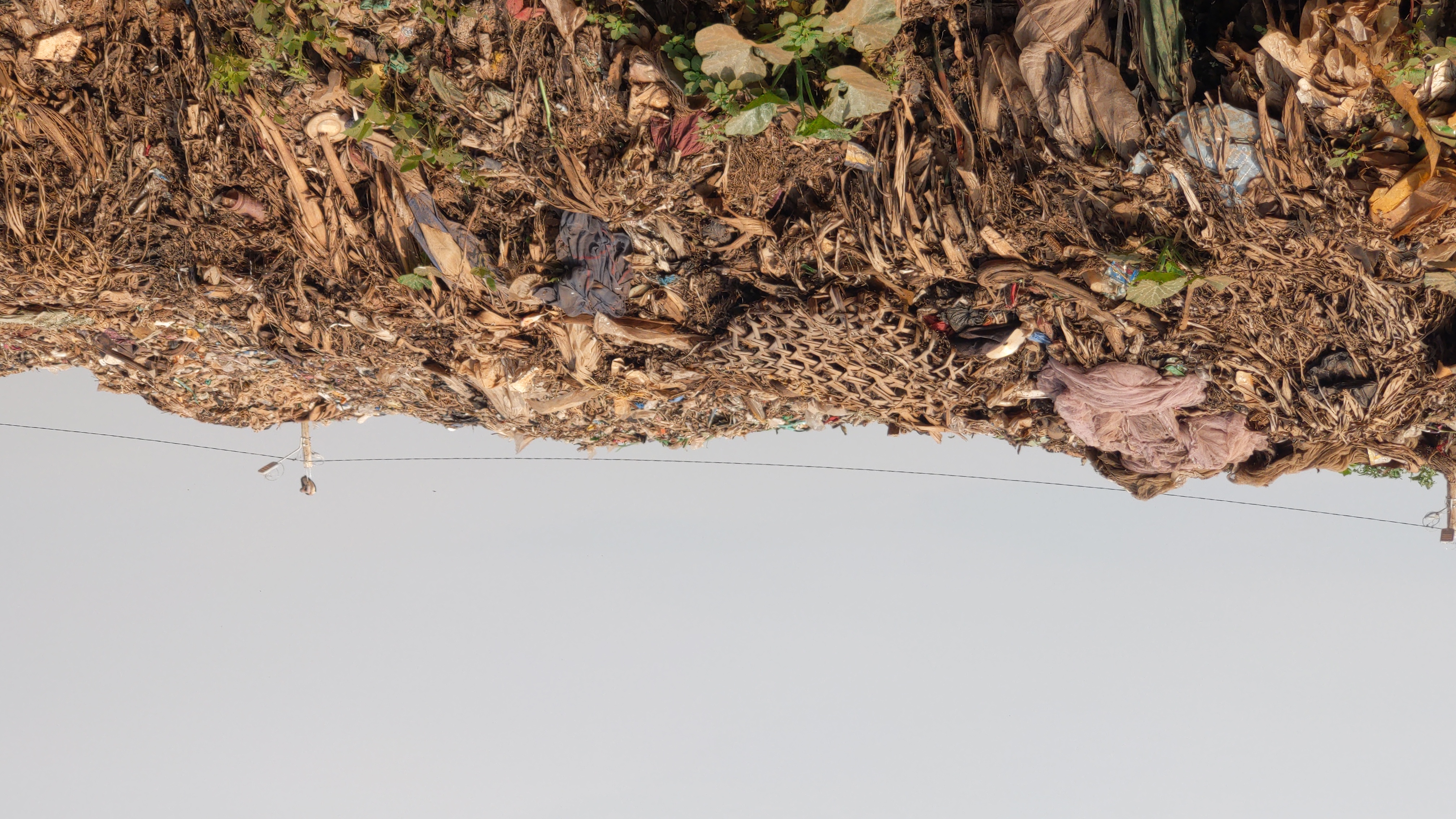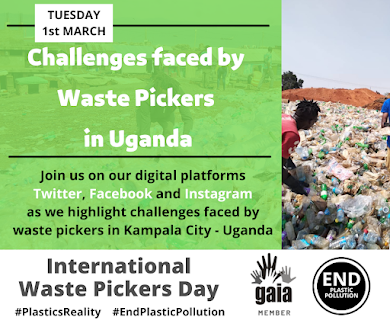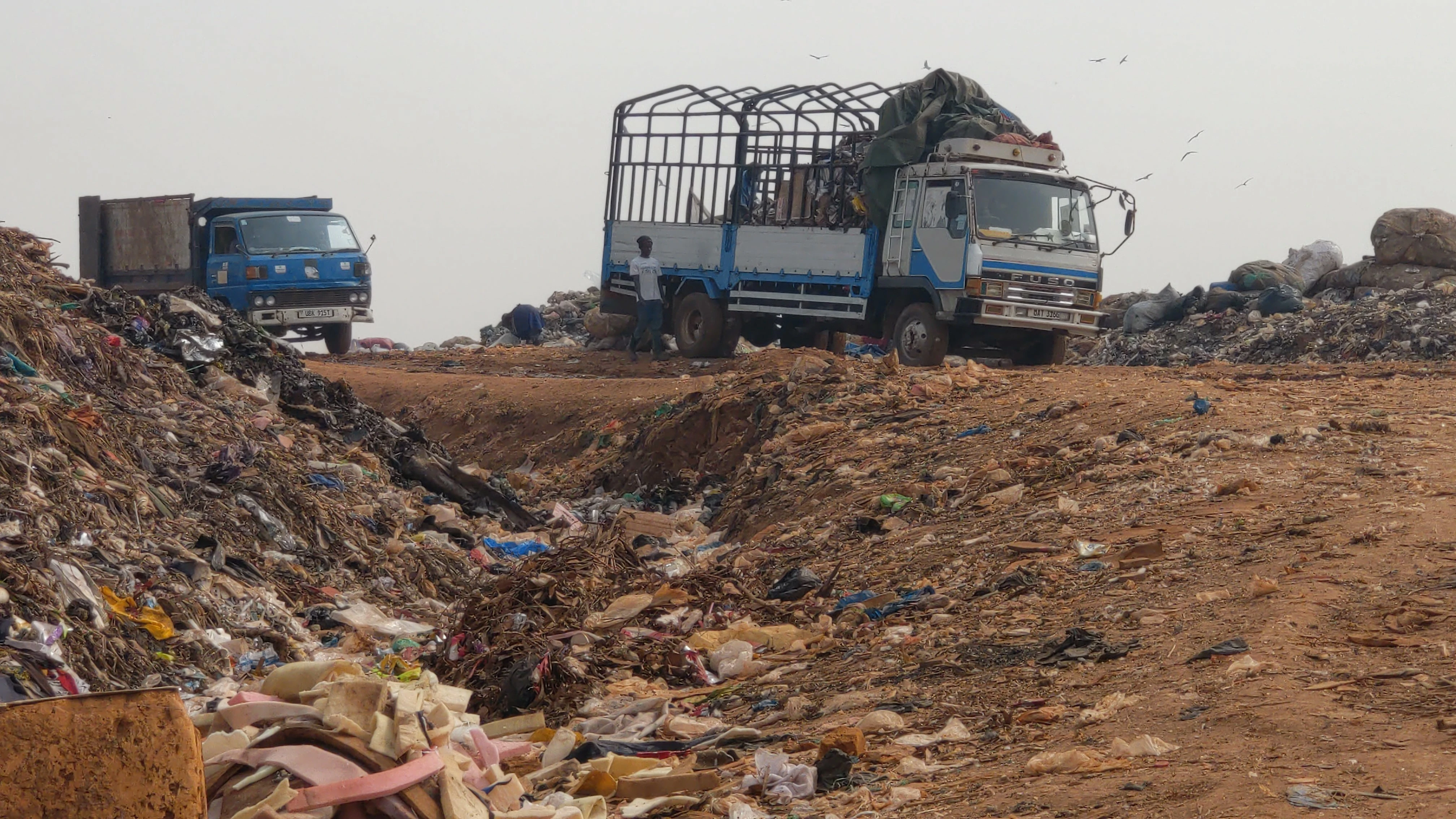Toys are objects or items designed for play,
entertainment and enjoyment, typically used by children but also adults for
recreational purposes. Plastic toys range from action figures and building
blocks to dolls and toy vehicles as well as animal play toys among others. Some
plastic toys are produced by domestic industries whereas others are second hand
imported from the countries in the global north. As per the report from Uganda
importers and buyers directory 2023, there are 71 active children plastic toys
importers. At least 95% of Ugandan
households are in possession of plastic toys whether directly or indirectly.
Today very many food processing industries in Uganda for children snacks such
as Kick snacks are using these plastic toys as promotional materials to attract
quick customers for their products. These toys are considered cheap by
communities since they come along with a snack of Uganda shillings 500. Globally
the toy market exceeded USD 90billion in 2019. In Uganda the toy market is
projected to grow by 9.66% between 2024 and 2028 resulting in a market volume
of US$975m in 2028. Furthermore, the Uganda toy manufacturing industry is
growing steadily and at a very fast rate with so far three large plastic toy producing
companies for solely toys and very many plastics industries that are producing
toys alongside other plastic products.
Despite, the
need to equip children with play toys as an integral part of childhood; they
are one of the major plastic pollutants in Uganda. It is confirmed that 90% of
toys are made of plastics. Plastic toys dominate the market because of their
low cost and easy accessibility. The UNEP report 2014 “Valuing plastics”
highlighted that the toy industry is the most plastic intensive industry in the
world. Plastic toys are made from plastics,
which are molded into a nearly limitless array of shapes and sizes, making it
perfect for creating toys. The types plastics that are frequently used include;
polyethylene and polypropylene which are known for their durability and
flexibility.
Plastic toys are prime examples of items
designed to spark joy and entertainment to children but their whole life cycle often
poses major threats and dangers to the environment as well as human health. The
plastic toys production and transportation is energy concentrated with most of
the toys requiring large amounts of energy to bring out the shapes, designs as
well as hardening the material, this is associated with green gas house
emissions and toxic particles which are released into the atmosphere hence
causing air pollution crisis as well once inhaled by humans it poses serious
respiratory damage. Plastic toys have a short life span since most of them are
single-use plastics, they are quickly disposed off and end up in landfills as
well broken particles are driven off by running water into channels, lakes and
oceans causing blockages once they pile up as well corroding digestive tracts
of fish species and humans in the food chain. From global statistics it has
been noted that toys contribute 12.7% of global plastic waste and it is
estimated that 80% of plastic toys end up in the landfills as children’s tastes
and preferences of toys change from time to time and they account for 6% of
landfill plastics. In Uganda Kiteezi is a major landfill were all these plastic
toys from different households end up.
Plastic toys
are made from complex substances, chemical additives and hard materials
specifically to withstand children’s rough play unfortunately these make it
non-recyclable making disposal the best option for them, most house hold carry
out incineration of such plastic waste this is harmful since it is associated
with green house gas emissions causing air pollution, other households tend to just throw away these toys into the
landfills as well as domestic rubbish pits, most of these are non-biodegradable
hence contaminating the soil structure and texture.
Plastic
toys are easily breakable and therefore tiny particles are easily swallowed by
young ones, these plastic toys are made from dangerous materials such as lead
and cadmium as well as other toxic chemicals such as polyvinyl chloride,
phthalates which end up in children’s bodies, damaging systems and causing life threatening
conditions to children as well as death.
The current
proliferation of plastic toys has led to a pressing environmental and public
health crisis; however amidst the crisis and challenges posed by plastic toys,
we can transform the toy industry as below to mitigate the harmful effects of
plastic toys;
The toy industry should adopt the use of
natural resources and materials like wood, sisal, bamboo among others that are
environmentally friendly, durable and can withstand rough play in production of
toys to promote sustainable play, reusability and biodegradability hence
reducing the plastic pollution crisis.
The
government should put in place strict law legislation on production of plastic
toys such as bans on extremely poisonous chemicals used in production of the
plastic toys as well as enhance quality controls on plastic toys produced in
regard environmental concerns. Furthermore, the government should impose high
taxes on all industries producing plastics toys so as to discourage its
production and consumption.
Plastic toy producers should come up with
Extended Producer Responsibility schemes and initiatives to follow up on their
products to the end of their lifecycle. They should seek feedback from
consumers and seek to redesign and transform their products according to
consumer needs and environmental sustainability as well.
Individuals
and households should advocate for proper waste management policies from bodies
like Kampala Capital City Authority that are entitled to managing waste and
also be more vigilant on disposal and incineration of waste to reduce the
harmful impacts on both the environment and people.
Creating
awareness on the effects of plastic toys on the environment and public health
as well through environmental activists, NGOs such as End Plastic Pollution in
Uganda carries out sensitization on toys as plastic pollutants, more so this
can be through publications in magazines, newspapers, creating blogs and
articles as well as mass campaigns on eradicating plastic toys. Campaign
activities such as cleanups tend to bring many individuals and households
together as the key decision maker in toy purchases are able to acquire
knowledge on the effects of plastic toys.
In
conclusion, the plastic toys pollution crisis demands immediate attention and
collective action, therefore by adopting sustainable production, consumption,
usage and disposal of plastic toys we can create a future for our children
where playtime and sustainability go hand in hand.
BY: NAMWANGA
PATRICIA KIZITO
Plastics
Campaigner – End Plastic Pollution.




